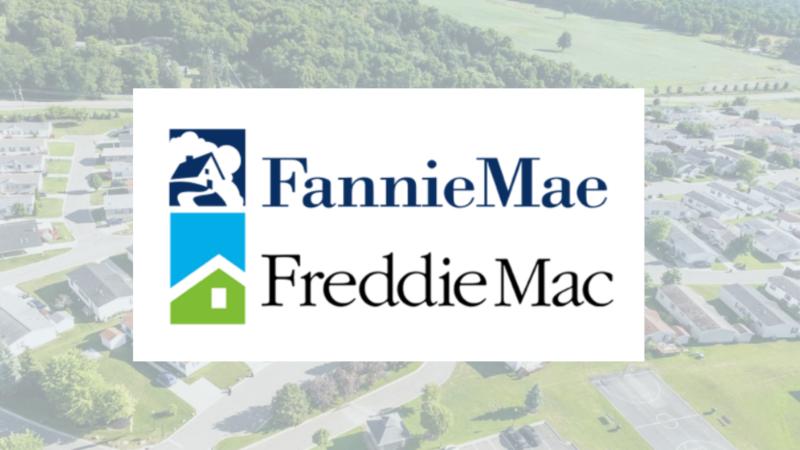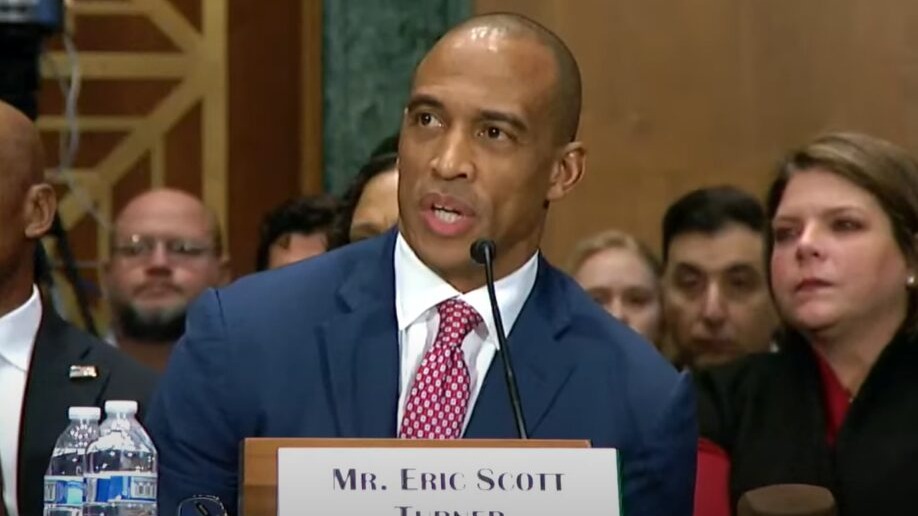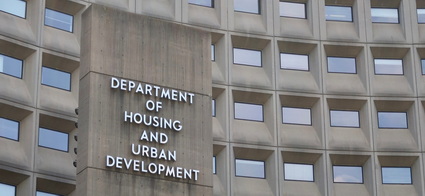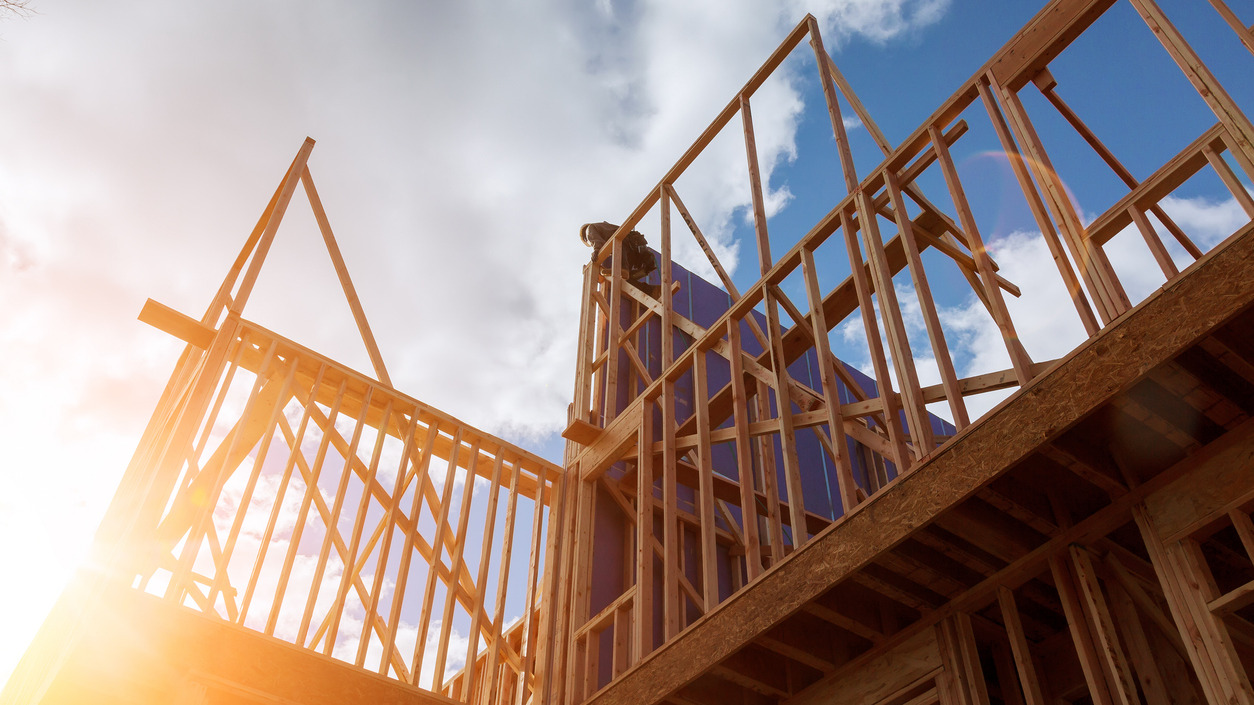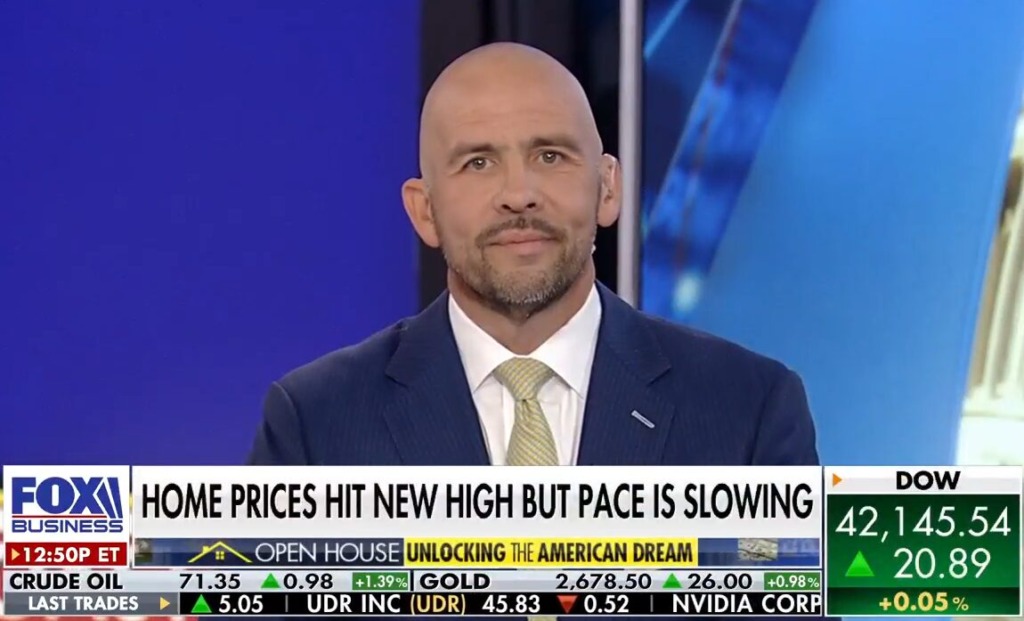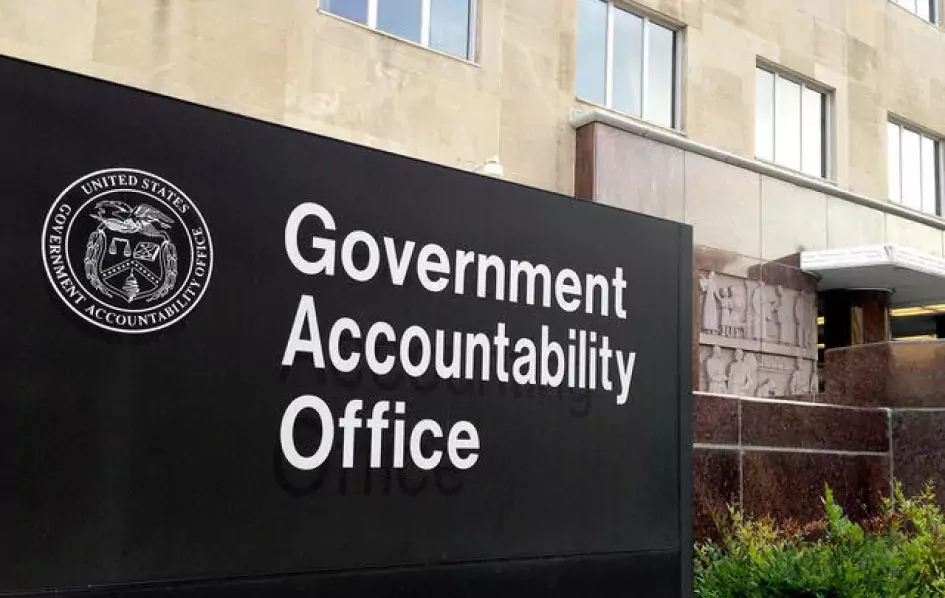
Housing policy remains at the forefront this week as The Real Estate Roundtable (RER) responded to the Federal Trade Commission’s (FTC) request for public comment on the impact that the large-scale single-family rental (SFR) owner-operators are having on the housing market; the Trump administration continues to explore privatizing Fannie Mae and Freddie Mac; and Federal Housing Finance Agency (FHFA) Director Bill Pulte rescinded a renter protection directive.
Single-Family Rental Housing Study
- RER and Nareit responded this week to the FTC’s request for public comment regarding the impact that large-scale Single-Family Rental (SFR) operators and institutional investors are having on home prices and rents in the single-family housing. (Letter)
- The FTC aims to assess whether “mega investors” influence housing prices negatively.
- The letter underscores that institutional capital is essential to expanding housing supply and addressing the chronic housing shortage affecting affordability nationwide.
- As stated in the letter, “Single-family rentals, now part of an institutionally supported asset class, add balance to the U.S. housing market. SFRs play an important role in the nation’s housing landscape by boosting supply and offering flexible, high-quality housing options that have broad demographic appeal at lower price points compared to home ownership.”
- SFR homes constitute only 32 percent of rental units nationally, consistent with historical averages.
- Institutional investors accounted for a mere 0.3 percent of single-family home purchases in the past year. (BisNow, Feb. 3)
- The letter emphasized that institutional investors own less than 0.5 percent of U.S. single-family homes, thus not driving the housing affordability crisis.
GSE Reform
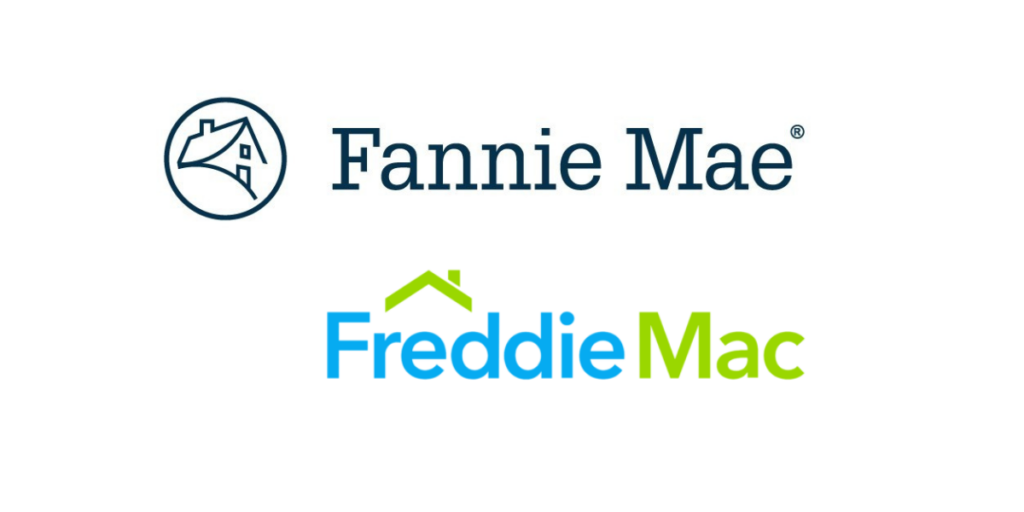
- The Trump administration is actively exploring housing finance reform options, including privatizing Fannie Mae and Freddie Mac. (WSJ, March 23)
- Recent proposals suggest transferring the Treasury’s stakes to a newly envisioned U.S. sovereign wealth fund. Treasury Secretary Scott Bessent recently discussed this possibility on a podcast, although he provided limited details. (Bloomberg, March 23)
- Director Bill Pulte and Sec. Bessent have stated that they would like Freddie and Fannie to go private, but not at the cost of disrupting mortgage rates. (Commercial Observer, March 21)
- An executive order is also under consideration, which could direct federal departments to examine the privatization of Fannie and Freddie.
- This proposal has drawn substantial attention from housing industry leaders concerned about potential impacts on mortgage markets and affordable housing.
Tenant Protection Policy Rescinded
- This week, FHFA Director Pulte rescinded a Biden-era directive requiring multifamily housing providers with Fannie Mae or Freddie Mac-backed mortgages to provide renters a 30-day rent increase notice, lease term expirations and a five-day late payment grace period. (GlobeSt, March 26)
- Pulte contended that this directive increased compliance burdens for lenders and property owners, noting existing state and local regulations already cover lease notices and late fee guidelines.
- RER along with other national real estate organizations Industry groups such as the National Apartment Association and the National Multifamily Housing Council had opposed the policy, arguing it imposed undue burdens on housing providers. (Bisnow, March 25 | Roundtable Weekly, Jan. 2023)
- This move aligns with broader industry efforts advocating fewer regulatory constraints to foster housing market stability.
Department of Housing & Urban Development (HUD) Secretary Scott Turner will be a featured speaker at The Roundtable’s Spring Roundtable Meeting on April 8, 2025 (Roundtable-level members only).



